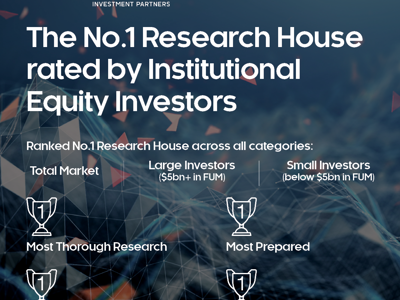Over the past 10 years active fund managers in Australia have outperformed the S&P/ASX 300 Accumulation Index benchmark by 2.7 per cent during reporting seasons, according to the latest Australian shares large companies sector report from Zenith Investment Partners.
The average outperformance for the past 10 years in the reporting months of August and September were 3.2 per cent and 4.9 per cent, respectively. The reporting months of February and March saw outperformance averages of 0.2 per cent and 2.5 per cent, respectively.
Jacob Smart, senior investment analyst at Zenith Investment Partners says markets can be unpredictable and highly volatile in-between reporting seasons and the external market and economic noise surrounding listed companies doesn’t help.
“Earnings season gives companies the chance to cut through that noise and tell investors about the actual progress of their businesses.”
“This is why active fund managers in Australia have beaten the benchmark over the past 10 years, by sticking to analysing the fundamentals of listed companies through earnings.”
For the most recent earnings season of February/March 2021, the report found that the active managers under Zenith’s research coverage generated a return of 5.1 per cent after fees, compared to a 3.9 per cent return of the S&P/ASX 300 Accumulation Index benchmark.
“Historically, fund managers have outpaced the market during report periods, particularly in the months of August and September.” Mr Smart says.
"Given the greater market inefficiencies caused by increasing retail investor participation since COVID-19, we believe there is no reason why this historical trend can't continue."
“Fund managers will once again look to showcase their ability to add value for investors in the upcoming reporting period.”
Zenith’s sector report also revealed that the median active fund managers under-performed the local benchmark by 0.4 per cent outside of earning season.
The report analysed 189 Australian share funds in the large companies sector. Each fund had an average number of 53 portfolio holdings.






